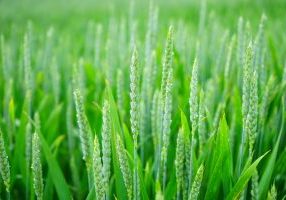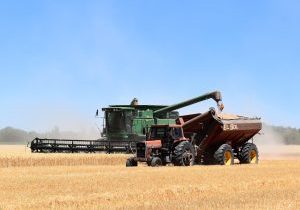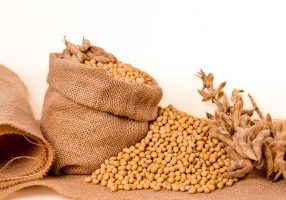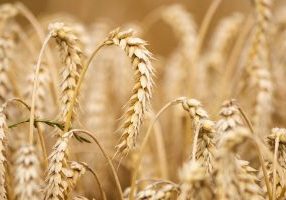Growing Barley in Ontario
Barley is the third most grown cereal crop globally and is important for sustaining global food security. Barley grows well in cooler climates like Canada's, which means that farmers up north can grow their grain instead of importing from warmer regions. It is an incredibly versatile grain that can be used for food, livestock feed, and fuel.
Unlike winter wheat in Ontario, Winter barley is not as hardy in various Ontario regions due to the climate. Still, winter survival challenges are not a significant problem in all Ontario regions, and there are many where barley can be easily grown as a cereal crop. As a fall sown crop, barley reduces the workload for farmers and helps eliminate the waiting time for fields to dry out come springtime.
Winter barley is not a new crop in Ontario but is being prioritized due to increased market demand in Ontario. Barley matures quite early, allowing farmers to double-crop with early-maturing corn or soybeans in spring and summer. This enables farmers to utilize their fields throughout the entire year for crop production. Barley is an excellent food source for livestock, as barley straw has a high energy content.
Growing barley in Ontario during the winter season does come with its own set of challenges. In certain regions or if impacted by severe winter weather, there is a possibility the crop will not survive to harvest. There is also a current lack of diversity in the varieties currently grown in Ontario. Due to increased demand, new genetic varieties will be imported into Ontario to prioritize the province as a cereal-growing region.
Best Season for Growing Barley
 When Is the Right Time to Seed Winter Barley in Ontario?
When Is the Right Time to Seed Winter Barley in Ontario?
Winter barley must be seeded as early as possible to have a better survival rate. Winter barley should be seeded at least ten days before the optimum planting date for wheat in Ontario so that the crop has enough time to develop necessary top growth and root development in the fall. This early seeding means barley fits nicely into a crop rotation with edible beans, peas, canola, among others. Winter barley is not recommended for planting in Northern Ontario regions as the survival rate is significantly reduced due to the challenges of more extreme weather conditions in the area.
Another important factor for winter seeding barley is soil conditions; the soil needs to be dried out before the crop is seeded, but it should not be excessively dry either.
The Importance of the Seeding Date for Winter Barley
The seeding date for barley is crucial for ensuring a harvest in the spring in Ontario. The crop needs time to grow and develop before winter sets in; however, planting too early increases the crop's risk of exposure to pesticides and mildew damage. October 1 is the target date for seeding winter barley in Ontario, though other factors may influence the date on a year-by-year basis.
The current priority is educating farmers about growing barley in Ontario. This increased education ensures less damage is caused to the crop while growing and helps maximize production. The general rule is that farmers should be ready to plant their winter barley crop two weeks before the winter wheat crop date. This avoids any last-minute or unexpected challenges during the planting process and ensures it can be sown at the optimal time each year.
In other regions where winter survival challenges are not as intense, the seeding can be done in early September as long as soil conditions are favourable. Seed treatment is also a key factor when it comes to winter barley's growth; the seed should be planted at 3/4 inches deep to ensure that every barley plant that emerges is the same age and is at a similar stage. A higher seeding rate may also offset the risk for winter damage.

Read Our Latest Blogs
ONTARIO FARMING COMMUNITY PAGES
On our community pages, you'll find a wide variety of local information and resources.
Northern Ontario
Growing Wheat in Ontario
Wheat is a staple crop in Ontario. It's one of the world's largest agricultural commodities and is used to produce food for humans and livestock alike. Ontario is located between the Great Lakes and the St. Lawrence River Basin. The climate and the soil play an important role in wheat production. Growing wheat in Ontario has historically been difficult due to climate-related challenges such as late frosts, hail storms, drought conditions and flooding.
Growing Wheat in Ontario
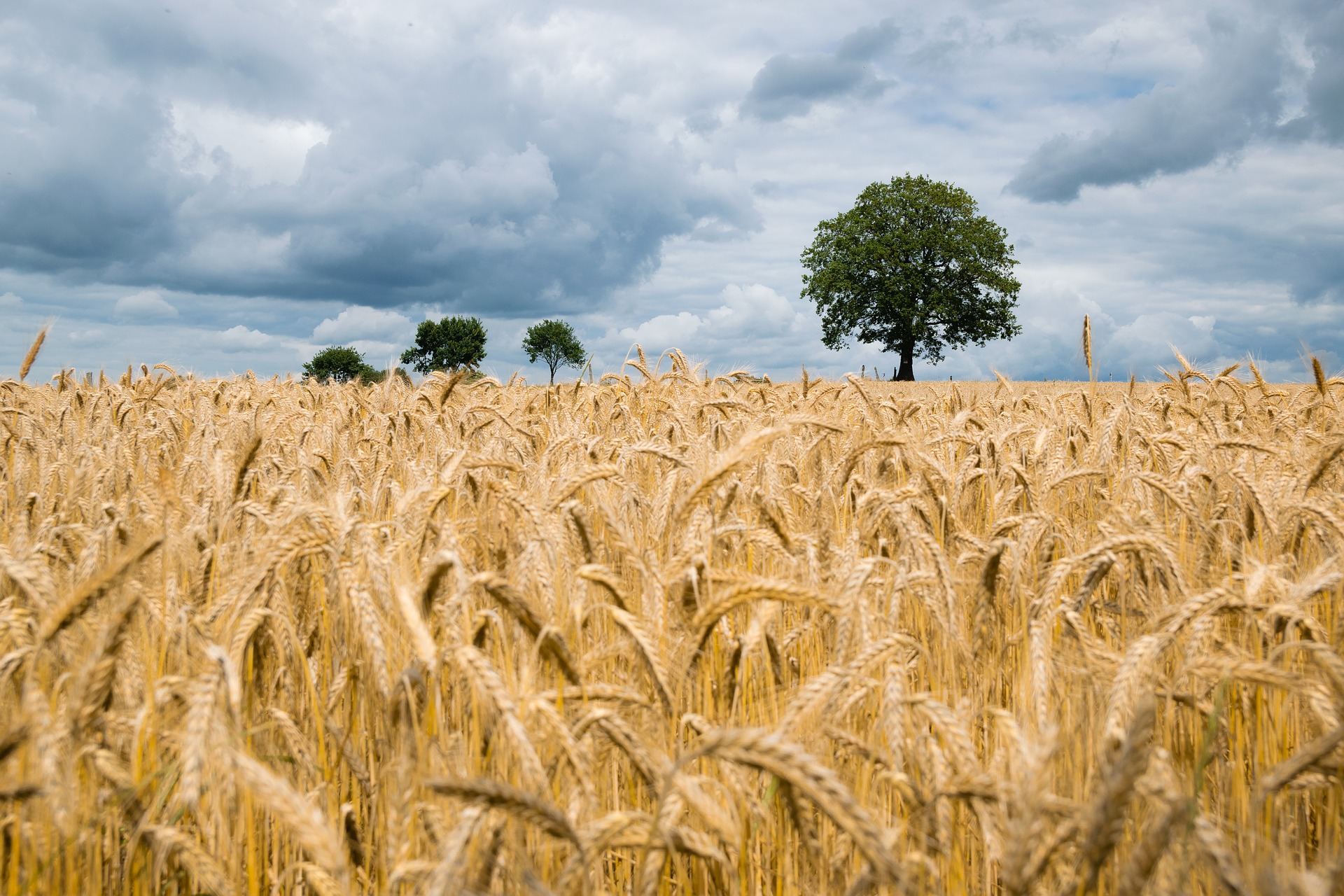 To grow wheat successfully, it's vital to select a suitable variety for the climate, prepare the soil properly, and provide adequate water and nutrients throughout the growing season. With varying weather conditions in Ontario, the crop's survival rate and yield will decrease if planted late or in unfavourable conditions. Other factors that play an important role in growing wheat in Ontario are the depth of the seeds, plant population and the use of fertilizer.
To grow wheat successfully, it's vital to select a suitable variety for the climate, prepare the soil properly, and provide adequate water and nutrients throughout the growing season. With varying weather conditions in Ontario, the crop's survival rate and yield will decrease if planted late or in unfavourable conditions. Other factors that play an important role in growing wheat in Ontario are the depth of the seeds, plant population and the use of fertilizer.
Why is it important to plant wheat at an optimum time?
Growing wheat in Ontario at an optimum time is vital, and this is because there are only so many days that are considered Growing Degree Days (GDDs) for wheat in the Ontario climate. Each wheat variety takes a certain number of GDD's to germinate, emerge, and grow to harvest. If planted late, farmers risk that their crops won't be developed enough by the end of the growing season if cold temperatures arrive earlier than expected. Farmers need to plant at the optimum time to ensure enough GDD's for optimum wheat production.
Wheat Planting Preparations
To achieve high-yield wheat, farmers must plant only healthy seeds. One way to achieve this is to make sure that the seeds are dropped as evenly as possible and planted to a consistent depth. Planting preparations require you to prep farming equipment beforehand to ensure it's in perfect working order.
Tillage Systems
Wheat can be successfully grown using both conventional tillage and no-till systems. With increasing attention towards soil health, no-till systems are becoming more popular. They provide improved moisture and crops less susceptible to weather changes in colder regions. On the other hand, conventional tillage systems help blend crop residues, manure, and weeds deep into the soil and create an even seedbed.
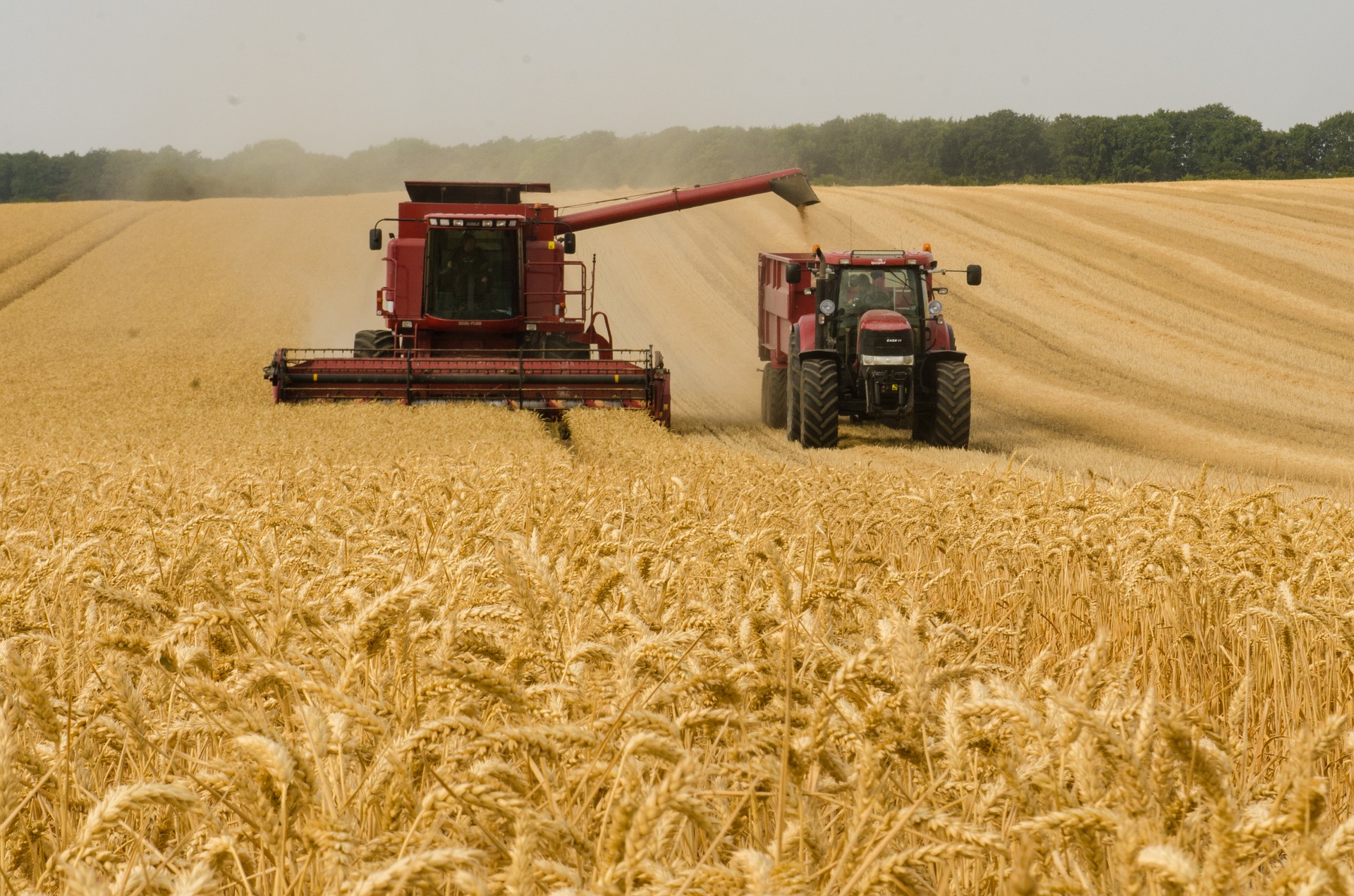
Seeding Date
The ideal seeding date to plant wheat is when the temperature is still warm. It ensures that the seeds emerge as quickly as possible and have plenty of time to grow and develop. The seeding date determines how well the wheat crop will do at a particular time and during a specific season. According to a recent study by Michigan State University, around 0.6 bushels are lost every day when planted after October 1. As a result, the seeding date is vital when growing wheat in Ontario.
Seeding Depth
Seeding depth is also an essential part of growing wheat. Seeding depth of 1 to 1.5 inches is recommended for heavy soil. Any deeper than this and farmers may face additional challenges with emergence. Still, depending on soil conditions at the time of planting, it may be necessary. When the soil is extremely dry, farmers should plant seeds as deep as possible without compromising emergence rates.
Seeding Rate
It is recommended that farmers plant wheat seeds at a rate of 1.2 and 2.2 million seeds/acre. The lower-end seeding rates should be kept for when planting early to avoid any thick stands that can trigger disease growth in the crop. If planting into the middle of October, the seeding rate should be increased by 1.8 million seeds/acre.
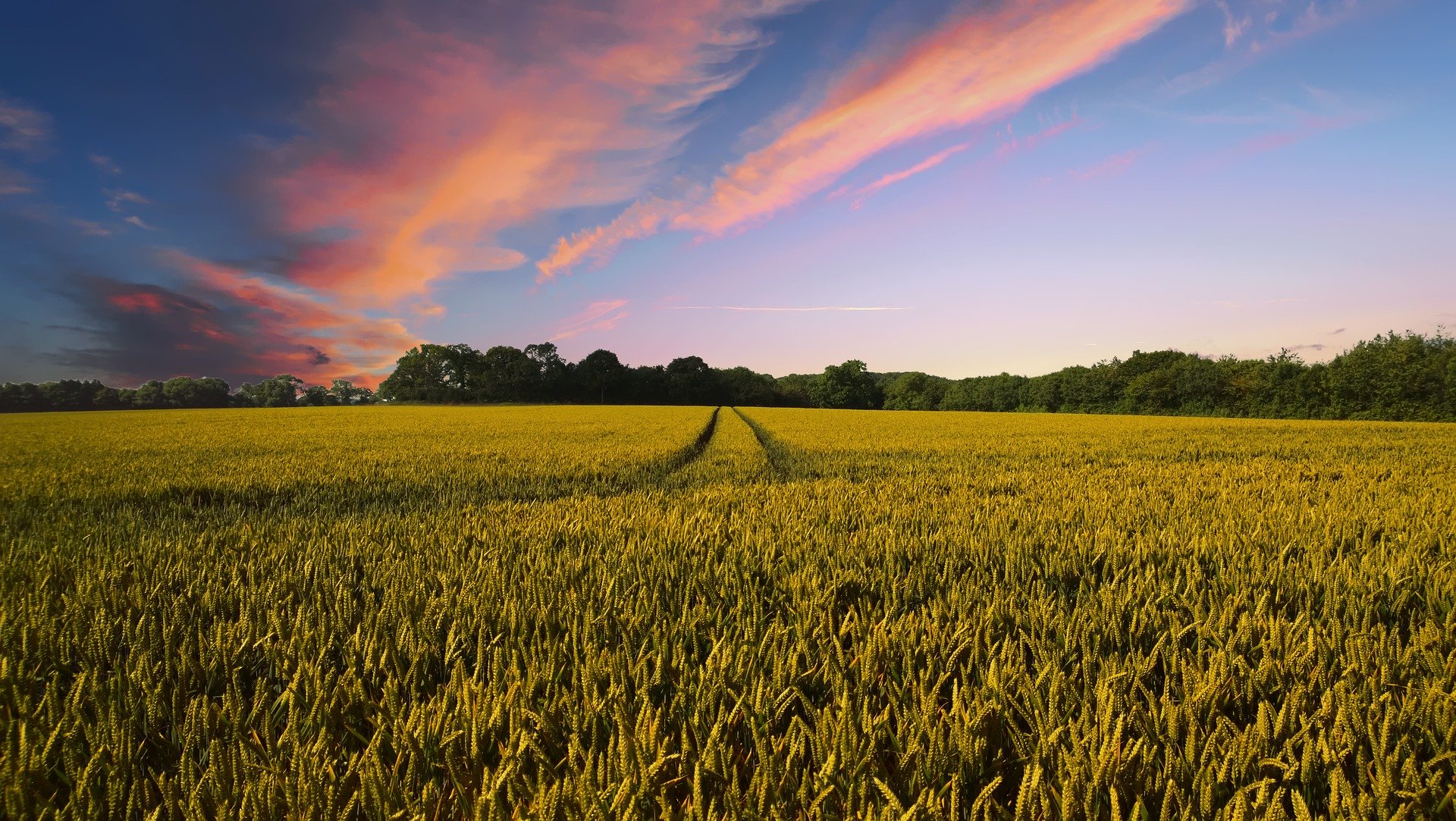
Conclusion
Wheat is a staple crop in Ontario, and it's one of the world's largest agricultural commodities. One might not think that wheat can grow in Ontario in significant quantities. Still, it can be grown successfully with enough care and by following the recommendations laid out by Canadian farmers who have been producing and exporting wheat for over 300 years.
Read Our Latest Blogs
ONTARIO FARMING COMMUNITY PAGES
On our community pages, you'll find a wide variety of local information and resources.
Northern Ontario
Top 10 Tips of Growing Great Tomatoes in Ontario
Are you a farmer or home gardener in Ontario thinking of growing tomatoes? Tomatoes are a delicious, healthy and versatile food that is loved by many. In Ontario, the climate can be harsh on tomato plants, but this blog post offers tips to help you grow tomatoes in your garden throughout the summer months!
Top 10 Tips For Growing Tomatoes:
One. Don't crowd your tomato seedlings. Give each seedling enough space to grow into a full plant and produce tomatoes. If you do not leave room for the seedlings to grow, it will minimize or eliminate the chances of growth later on. Using small separate pots is recommended for optimum seedling growth.
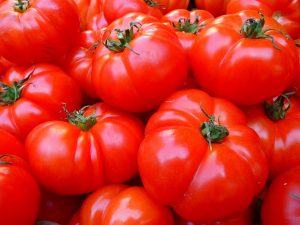
Two. Seedlings are best planted in spring but are best started indoors in Ontario. This will protect them from unpredictable weather fluctuations. While indoors, your tomato seedlings would benefit from movement and air circulation. If available, a fan can be used for a few minutes to achieve this and create a positive difference in their growth.
Three. Tomato seedlings and plants need direct sunlight for growth. So choose a location for the tomato plant where the sunlight is direct and bright. This will ensure the rapid growth of the plant and the ripening of tomatoes.
Four. Warm soil or additional heat is necessary for tomato seedlings and plants. If planted outdoors, seeds should be placed in soil that has been warmed for a number of weeks prior. If starting indoors, an artificial heating tray can be used. The heat and warmth of the soil will encourage the seedling to grow quickly and provide healthy ripe tomatoes. You can also provide heat to the soil by covering the ground with black or red plastic, mulch or straw.
Five. Tomatoes should be planted deeply into the soil. This encourages the plant to grow quickly towards the sun while promoting root growth.
Six. The use of mulch helps the soil remain fresh and limits the spread of potential disease. Mulch also supports the maintenance of the earth throughout the growing season and gives the tomato plant a chance to grow openly.

Seven. To avoid fungus growth, it is advised to cut the bottom leaves of the tomato plant. These bottom leaves are more prone to fungus due to density and lack of air circulation. By cutting these leaves, you'll save losing the plant entirely to disease.
Eight. Water the tomato plant with warm water at the base of the plant only. Watering with too cold water compared to the ambient temperature can cause it to go into shock, which prevents optimum growth. In addition, watering at the base of the plant prevents moisture from accumulating in the leaves, which can lead to fungus issues.
Nine. Pruning is vital with tomato plants. Be careful not to prune too much, as you don't want to eliminate too many leaves, which are necessary for continued plant growth, tomato production, as well as tomato flavour! It might seem counterintuitive, but sucker branches can become a hindrance in tomato production.
Ten. You can pick your tomatoes before they turn red if you're worried that insects or animals might get to them first! You can ripen green tomatoes by placing them in a paper bag and covering them with a towel. Place a ripened fruit (an apple or banana will do!) next to the green tomatoes to speed up ripening. The paper bag should be placed in a cool dark place.
With these top tips, you'll be sure to have a plentiful tomato harvest in the next growing season! What has worked (or not) in your tomato garden? Let us know by commenting below!
Read Our Latest Blogs
ONTARIO FARMING COMMUNITY PAGES
On our community pages, you'll find a wide variety of local information and resources.

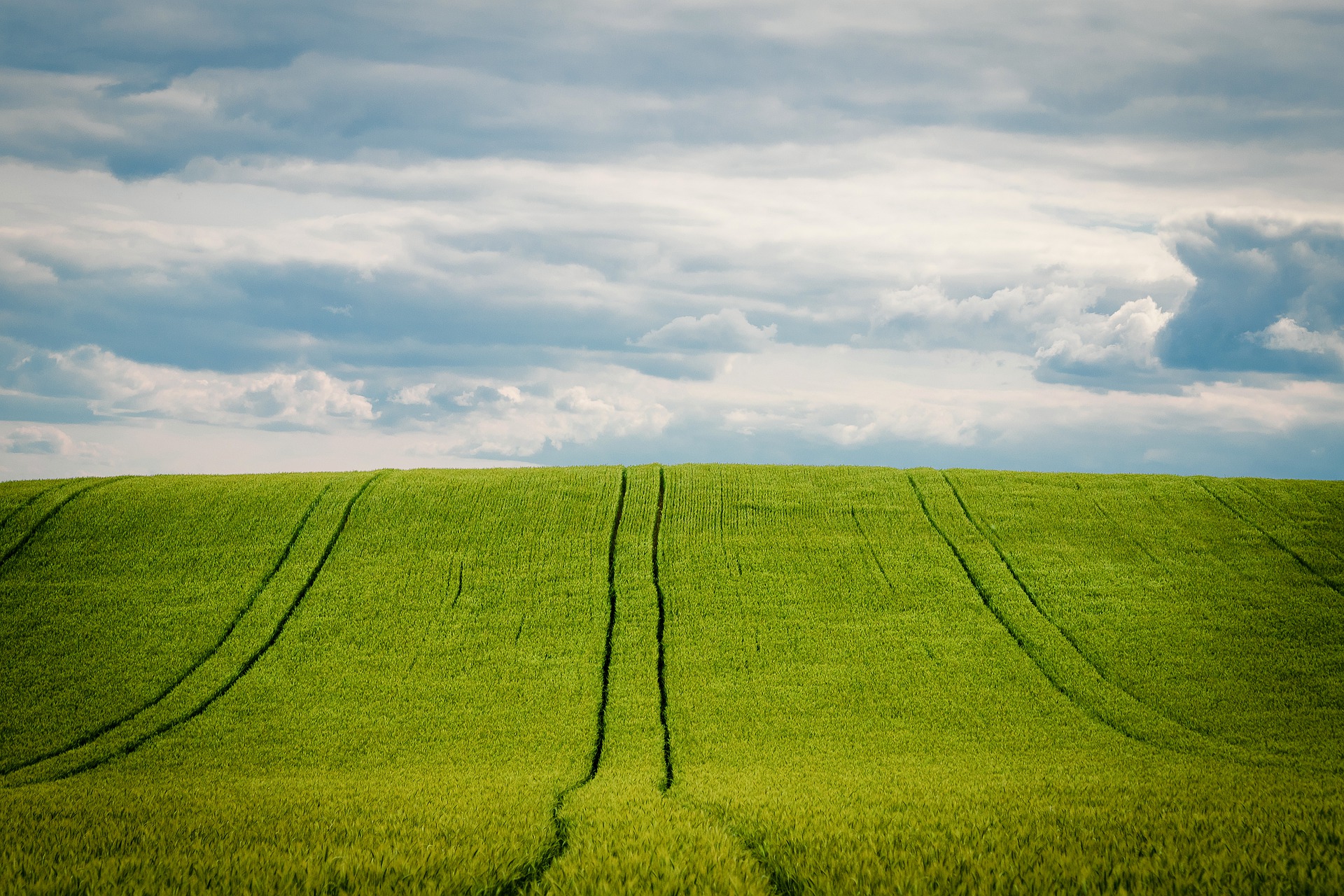 When Is the Right Time to Seed Winter Barley in Ontario?
When Is the Right Time to Seed Winter Barley in Ontario?


